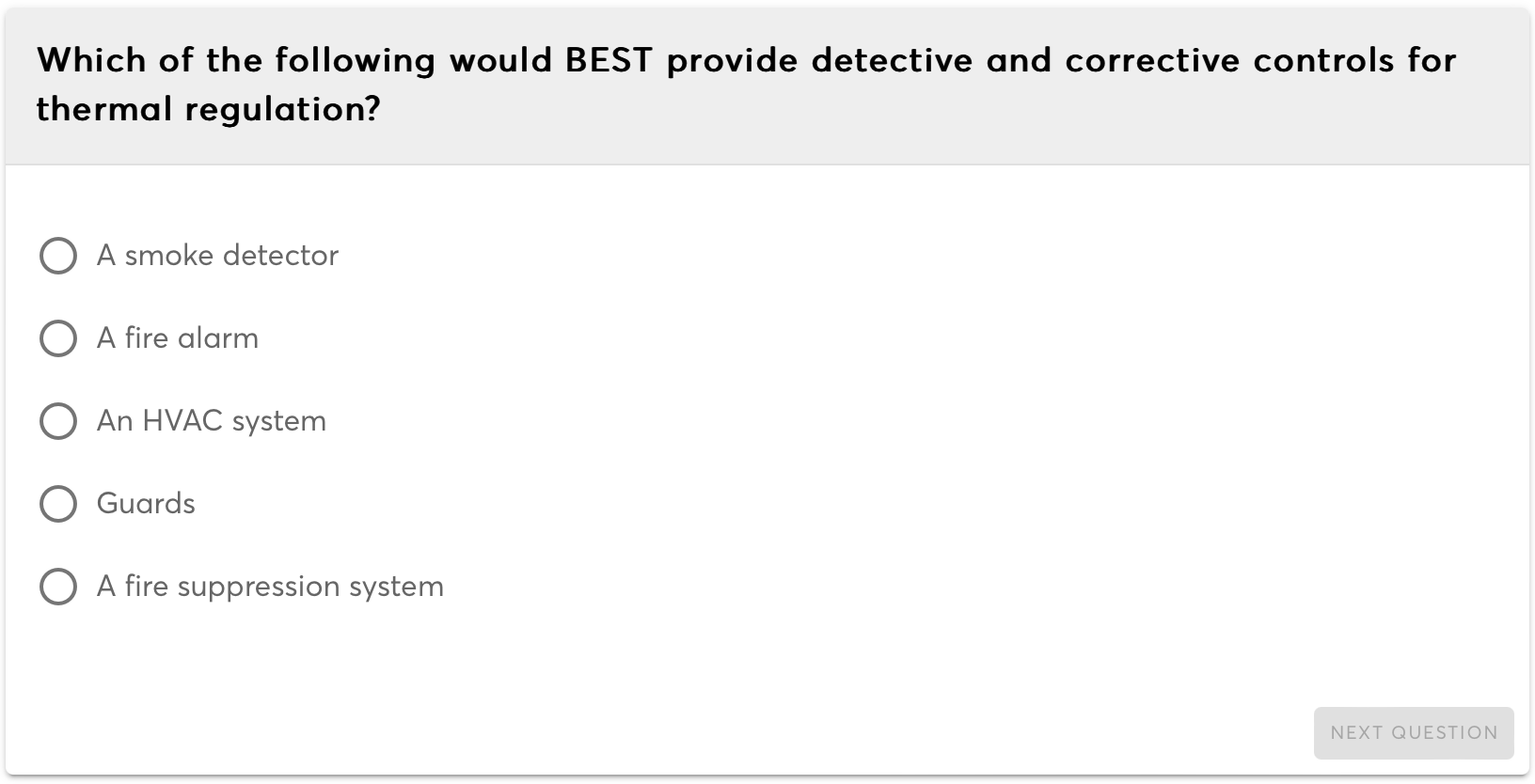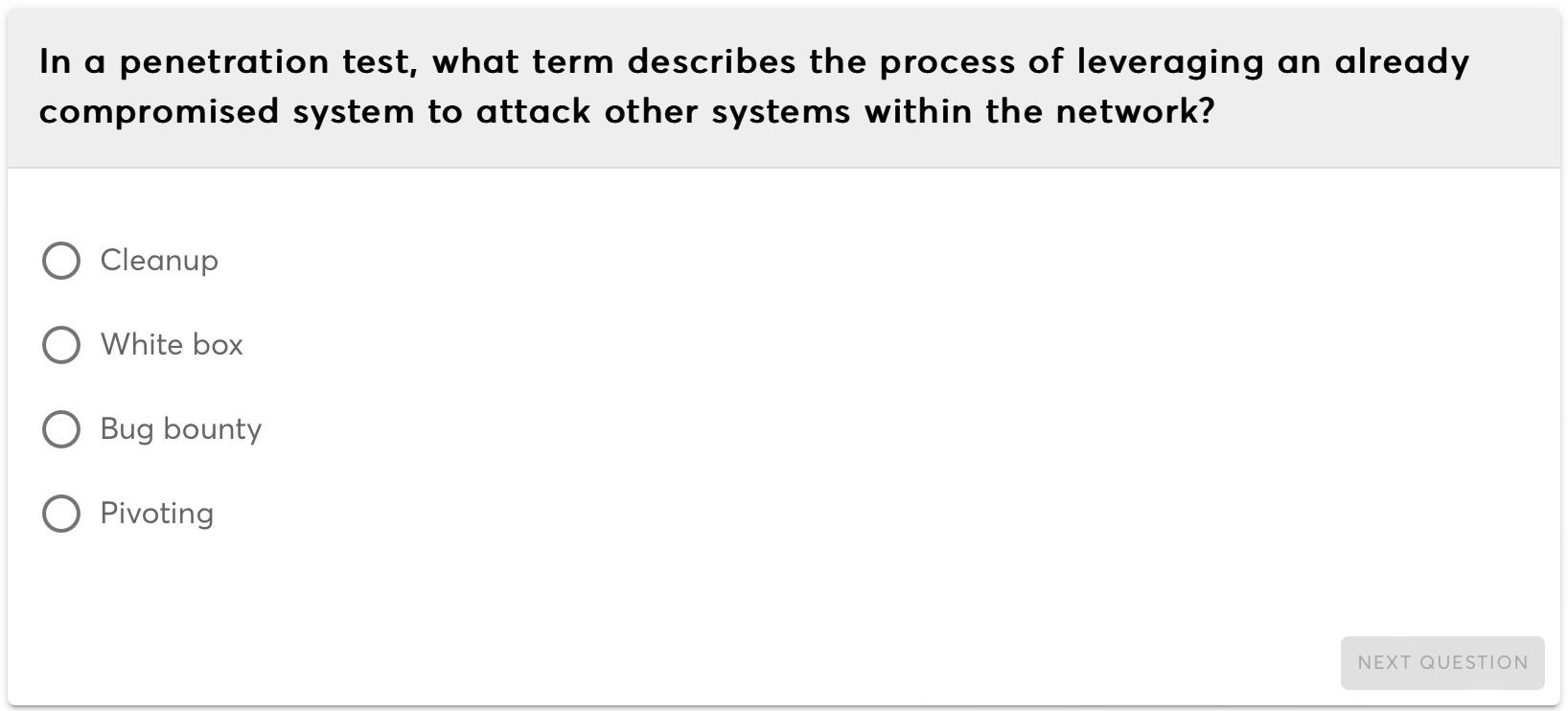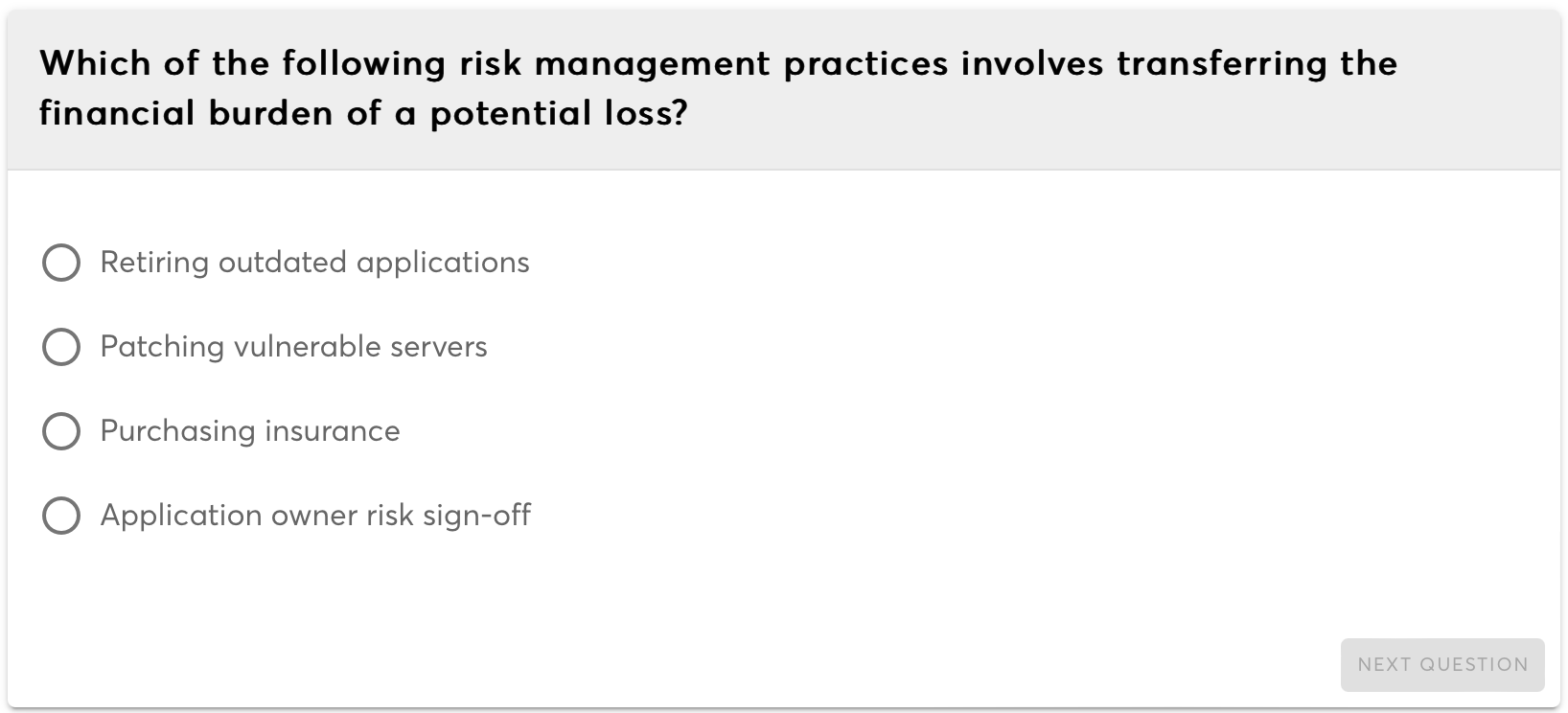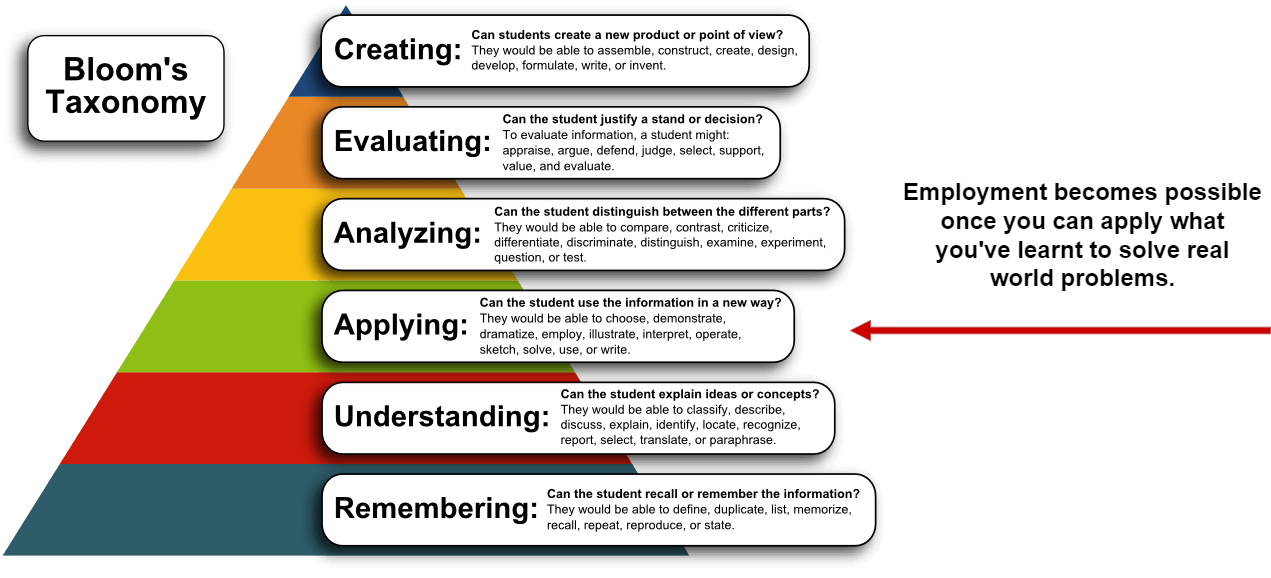
KCCS - Knowledge of CyberSecurity Skills
The landscape of cybersecurity is continually evolving, presenting a formidable challenge in defending against cyber threats, risks, and attacks. It is imperative for individuals, businesses, and governments to have a comprehensive understanding of these threats to enhance protection and mitigate risks.
Cyber threats can originate from various sources such as organized crime groups, state-sponsored entities, or lone hackers, each driven by different motives including financial gain, reputation, political ideologies, or personal beliefs.
The MCSI Knowledge of Cybersecurity Skills (KCSS) exam evaluates theoretical understanding of cybersecurity essentials such as network security, threat analysis, and incident response. It serves as a foundational certification for those seeking to validate their theoretical grasp of cybersecurity principles, providing a platform for further professional growth and specialization in this critical field.
Register Now Beginner
Beginner








